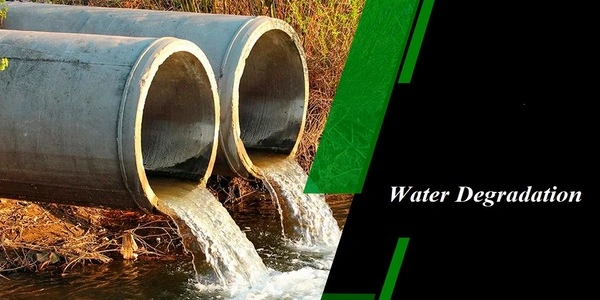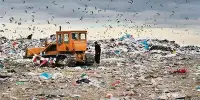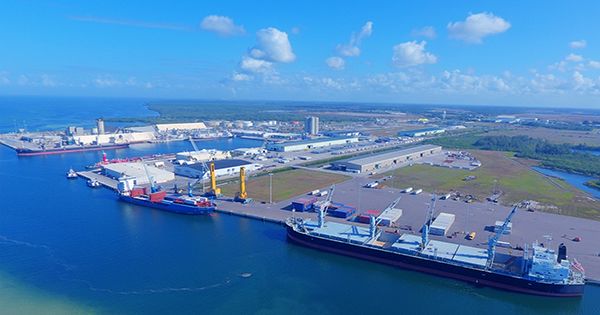Water degradation or water pollution is mostly caused by the release of toxic elements into bodies of water, rendering them unfit for use by animals or people. A moving body of water can be used to dispose of garbage quite effectively. This is the common practice for those who live near bodies of water. This can be seen in the drainage and sewage systems of numerous cities.
Many companies dump their pollutants into rivers and lakes, which are also major contributors of water pollution. These industrial wastes are typically untreated and frequently include dangerous compounds that, when consumed, can be toxic to aquatic life forms as well as animals and humans. Ethiopia’s move to fill the Grand Ethiopian Renaissance Dam’s reservoir could reduce Nile flows by as much as 25% and devastate Egyptian farmlands.
Chemical contamination of surrounding water bodies after rain or associated irrigation systems is frequently caused by the use of chemicals in agriculture as manures, insecticides, and weedicides. These compounds are exceedingly hazardous to both the aquatic habitat and human ingestion. The loss of Earth’s fresh water resource is a major contributor to environmental degradation. Only about 2.5 percent of the water on Earth is fresh water, with the remainder being salt water. Because 69 percent of fresh water is frozen in Antarctica and Greenland ice caps, just 30 percent of the 2.5 percent of fresh water is available for use.

Water degradation in the oceans (marine pollution) and seas is once again a major concern. Most ships and steamers dumped their waste and refuse into the ocean, contaminating the marine ecology. Oil leakage from maritime vessels, oil tankers, and offshore wells has harmed the ecology. Cleaning up oil spills on the ocean’s surface is a difficult task that, if left unattended, can result in the loss of many aquatic life forms.
Fresh water is an extremely valuable resource because life on Earth is ultimately dependent on it. Water carries nutrients, minerals, and chemicals within the biosphere to all forms of life, nourishes both plants and animals, and shapes the Earth’s surface through material transportation and deposition.
There have recently been reports of rising ocean acidity and an alarming surge in pollutants caused by the creation of carbonic acid as carbon dioxide from the atmosphere combines with marine water. The current top three uses of fresh water account for 95 percent of its consumption; approximately 85 percent is used for irrigation of farmland, golf courses, and parks, 6 percent is used for domestic purposes such as indoor bathing and outdoor garden and lawn use, and 4 percent is used for industrial purposes such as processing, washing, and cooling in manufacturing centers.
One-third of the world’s population is estimated to be facing water scarcity, nearly one-fifth of the world’s population lives in areas of physical water scarcity, and nearly one-quarter of the world’s population lives in a developing country that lacks the necessary infrastructure to use water from available rivers and aquifers. Water shortage is becoming more of a problem as a result of several potential challenges such as population expansion, growing urbanization, improved living standards, and climate change.
The higher the acidity of the water, the more difficult it is for many species to calcify, including shells, corals, some planktons, sea urchins, clams’ mussels, and others. These calcifying animals are critical to the marine ecology. The growing acidity of the ocean will cause the melting of the hard exoskeletons of calcifying organisms, perhaps leading to the extinction of numerous species.
















